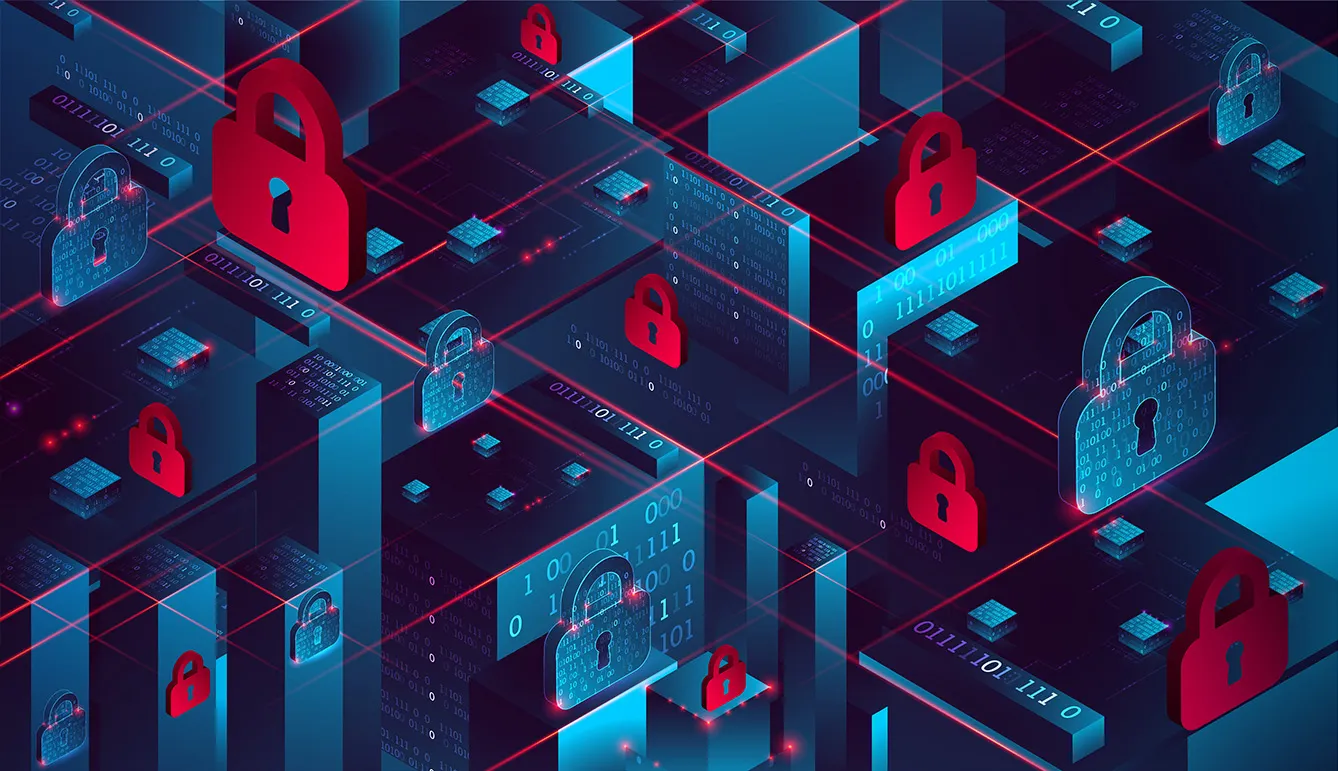Cyber warfare can cripple a targeted country’s defense capabilities before enemy troops even move.
In 2007, Estonia experienced a large-scale cyber-attack that was a coordinated effort to disrupt the country’s critical infrastructure, including its government, financial institutions, and media outlets. The attack was politically motivated, being a response to the Estonian government’s decision to relocate a Soviet war memorial in Tallinn, the capital city. The attack began on April 27, 2007, and lasted for 22 days, causing widespread disruption and damage.
The attack was carried out using a combination of DDoS (Distributed Denial of Service) and malware attacks, which resulted in many government and financial websites being taken offline. This caused damage and impacted essential e-services, such as banking, making it difficult for Estonians to access their money and other resources. It was a significant turning point for the country, as it highlighted the importance of having a robust cybersecurity infrastructure in place.
Cyberproofing Estonia
In the aftermath of the attack, Estonia took several steps to improve its security, including the development of comprehensive policies and strategies, investment in technology, and increased focus on education and awareness:
- National Cyber Security Strategy: Estonia has developed a comprehensive national cybersecurity strategy, including measures to protect critical infrastructure and ensure the security of citizens’ personal data security.
- Cyber Security Education: Estonia strongly emphasizes cybersecurity education, with courses available in schools and funding provided for cybersecurity research and development. This helps to raise awareness about the importance of cybersecurity and ensures that the next generation of Estonians is well-equipped to handle the challenges of the digital age.
- International Cooperation: Estonia has established strong partnerships with other countries and international organizations to share knowledge and best practices in the field of cybersecurity.
- Incident Response Planning: The country has a well-established incident response plan in place, which includes a dedicated response team and protocols for responding to cyber incidents.
- Estonian Information Systems Authority (RIA – Riigi Infosüsteemi Amet) plays a crucial role in maintaining the country’s national security and ensuring that its critical infrastructure and citizens are protected from a potential threat. It is an organization that develops the country’s cybersecurity policies, ensures the safe implementation of critical IT infrastructures, provides supervision, monitors the computer network, and handles incidents. RIA also coordinates the development and administration of information systems and organizes activities related to information security.
The 2007 attack on Estonia is often considered to be one of the first instances of a politically motivated cyber-attack that served as a wake-up call. The country’s response to the incident has helped it become a leader in cybersecurity and a model for other countries to follow. According to the Global Cybersecurity Index (GCI), in 2021, Estonia, a small nation with a population of 1.3 million people, was considered the third country with the strongest cyber defense infrastructure in the world, after the United States and Saudi Arabia.







